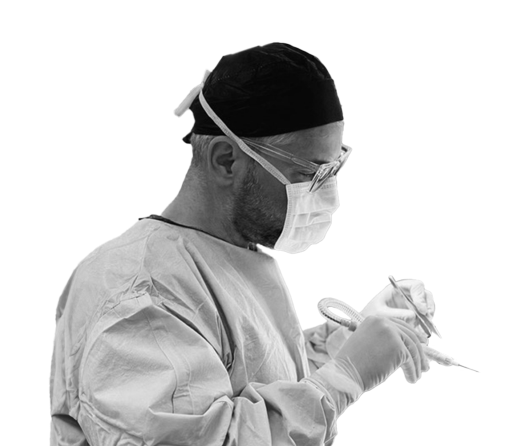A good look at mastopexy and augmentation mammoplasty
Are you wondering about how a mastopexy (breast lift) in Sydney is performed? The breasts can become lax over time as the skin loses its elasticity. This is a natural consequence of ageing. Significant weight changes, pregnancy and years of breast feeding can also accentuate such a condition. Whatever the case, some women may seek either mastopexy, breast augmentation (implants), or a combination of both to target concerns about breast ptosis or laxity.
Getting mastopexy surgery in Sydney
Mastopexy, also called breast lift surgery, takes around 1 to 3 hours to complete depending on the complexity of the procedure (this will also affect the cost of a mastopexy operation). The procedure is performed under general anaesthesia although there are cases wherein local anaesthetics will suffice particularly wherein there is very little skin involved.
Your surgeon can approach the mastopexy operation in a number of ways:
Concentric mastopexy
Also known as “doughnut” Mastopexy, it is the least invasive approach as it only requires small incisions and is commonly recommended for patients with relatively minor cases. It is coined as such due to the manner in which the incisions are made – a circular pattern around the nipple area. Excess skin is then lifted and removed and the areola fixed in a higher position. Everything is then stitched back into place.
Some patients may choose the concentric approach if they desire only a slight elevation and potentially less recovery time and scarring. Scars will still be present, but they are generally smaller than scars resulting from other approaches.
Vertical mastopexy
This approach is aimed at altering the shape of the breasts by removing some of the skin surrounding the areola. This is accomplished by making an incision vertically starting from the areola towards the lower portion of the breasts. Extra skin is then extracted through the vertical incision.
The vertical approach is often recommended for patients with moderate cases of breast ptosis and is not nearly as invasive as the anchor-shaped Mastopexy (to be discussed below). Such an approach would have to be done on an outpatient basis under the influence of general anaesthetics.
Anchor-shaped mastopexy
This approach can be described as the most invasive of the three and is often suitable for patients with breasts with quite significant ptosis. There is more skin to be removed and the areola would have to be moved in a higher position. Your surgeon would have to create both a horizontal and vertical cut in an anchor pattern hence its name. Such incisions grant your surgeon better control on the shape of the breasts making it a lot easier to work with.
In some cases, this approach can involve removal of breast tissue essentially making it a breast reduction mammoplasty surgery. This is generally true for patients with excessively large breasts which can also cause breast descent and ptosis over time.
Would you like to know more? If you’re interested in the procedure, book a consultation with a qualified breast surgeon! Call Dr Tavakoli on 1300 368 107 and discuss your needs when it comes to mastopexy in Sydney!

